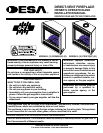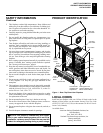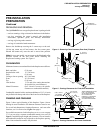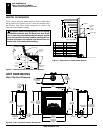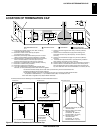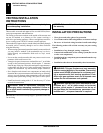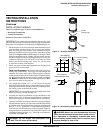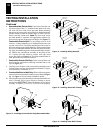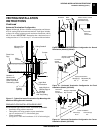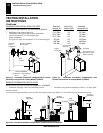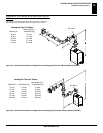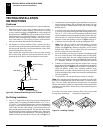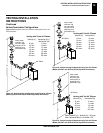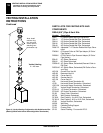Special offers from our partners!

Find Replacement BBQ Parts for 20,308 Models. Repair your BBQ today.
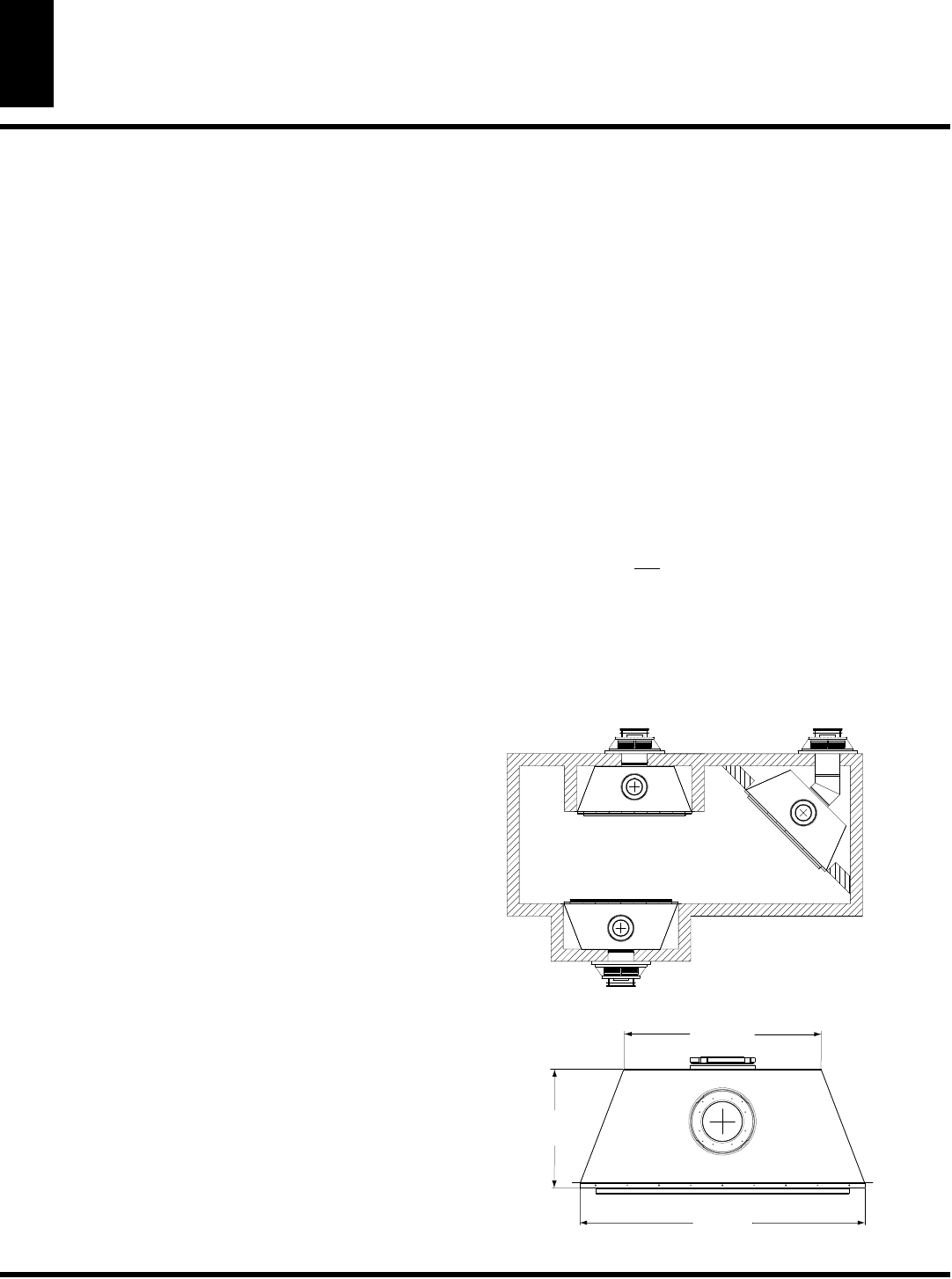
4
www.desatech.com
116035-01B
PRODUCT FEATURES
PRE-INSTALLATION PREPARATION
4
Location and Space Requirements
PRODUCT FEATURES
These are a few facts that can help you understand and enjoy your
direct-vent fireplace:
• The CD36R dedicated rear vent is best suited for flush or corner
installations when vented horizontally through an exterior wall
.
• The CD36T dedicated top vent is suited for any application
where height is necessary to terminate the venting system either
through the roof (vertical) or to gain sufficient height and offset
to vent to an outside/exterior wall (horizontal).
• The vent pipe installation is very important to allow for proper
operation. You must select the appropriate unit for your applica-
tion and follow the venting instructions to plan your installation.
• This fireplace may be installed in any room of your house provided
all local codes and these installation instructions are followed.
• Models (V)CD36R/T are equipped with a millivolt gas control
system that does not require electricity to operate. A piezo ignitor
is provided to light the pilot without using matches or lighters.
• Models (V)CD36RE/TE are equipped with an electronic ignition
system that requires 120VAC to operate. An electrode ignitor
automatically lights the pilot flame when the fireplace is turned on.
• All models can accept an optional circulating air blower when
120 VAC connection is supplied. If you plan to install an optional
blower, do not forget to wire the fireplace outlet when framing.
• Each time you turn on your fireplace, you may notice some
amount of condensation on the inside of the fireplace glass. This
is normal and will disappear after 10-20 minutes of operation.
• Your direct-vent gas fireplace system (fireplace and venting) is a
balanced and sealed gas operating unit. It is highly efficient
because it uses outside air for combustion while independantly
heating the indoor air.
PRE-INSTALLATION
PREPARATION
LOCATION AND SPACE REQUIREMENTS
Determine the safest and most efficient location for your DESA
direct-vent fireplace. Make sure that rafters and wall studs are not
in the way of the venting system. Coose a location where the heat
output is not affected by drafts, air conditioning ducts, windows or
doors. Figure 2 shows some common locations. Be aware of all
restrictions and precautions before deciding the exact location for
your fireplace and termination cap.
When deciding the location of your fireplace, follow these rules:
• Do not connect this fireplace to a chimney flue servicing
a separate solid-fuel burning fireplace or appliance.
• Do to high temperatures, do not locate this fireplace in high traf-
fic areas, windy or drafty areas, or near furniture or draperies.
• Proper clearances must be maintained.
• If your fireplace is to be installed directly on carpeting, vinyl
tile, or any combustible material other than wood, it must be
installed on a metal or wood panel exttending the full width and
depth of the fireplace. See Figure 3.
• Your fireplace is designed to be used in zero clearance installa-
tions. Wall or framing material can be placed directly against
any exterior surface on the back, sides, or top of your fireplace,
except where stand-off spacers are integrally attached. If stand-
off spacers are attached to your fireplace, these spacers can be
placed directly against wall or framing material. See framing
details on page 5.
• If you plan on installing a television or entertainment center re-
cessed above your fireplace, it is recommended that you main-
tain a minimum 18” above the top of louver opening.
• When locating termination cap, it is important to observe the
minimum clearances shown in Figure 10, page 7.
• If recessed into a wall, you can avoid extra framing b position-
ing your fireplace against an already existing framing member.
• Do not recess termination cap into a wall or siding.
• You may paint the termination cap with 450°F (232°C) heat-
resistant paint to coordinate with the exterior finish.
• There must not be any obstruction such as bushes, garden sheds,
fences, decks, or utility buildings within 24” from the front of
the termination cap.
• Do not locate termination cap where excessive snow or ice build
up may occur. Be sure to clear vent terminal area after snow
falls to prevent accidental blockage of venting system. When
using snow blowers, do not direct snow towards vent termina-
tion area.
Through exterior wall
enclosed in a chase
Corner
Installation
Flush with a wall
36"
(914 mm)
15"
(381 mm)
25"
(635 mm)
Figure 2 - Common Fireplace Locations
Figure 3 - Fireplace Bottom Dimensions



